|
Genres, Themes, Actors, and Directors:
- Alcoholism and Drug Addiction
- Dorothy Maguire Films
- Elia Kazan Films
- Historical Drama
- Joan Blondell Films
Review:
Elia Kazan’s directorial debut was this lyrical adaptation of Betty Smith’s best-selling autobiographical novel, starring child-actor Peggy Ann Garner, who won an honorary juvenile Oscar that year in a role she seems born to play. Garner perfectly captures the range of emotions experienced by young Francie Nolan, including ambivalence towards her stern but loving mother, Katie (McGuire in one of her earliest significant roles); annoyance towards her carefree younger brother, Neeley (Ted Donaldson); intense desire for academic success (leading her to proactively pick out a better school for herself); and an abiding adoration for her hard-drinking father, Johnny — portrayed in an Oscar-winning performance by James Dunn, whose own struggles with alcoholism allowed him to empathize deeply with his character. Kazan’s gift for working with actors is in clear evidence throughout the film, as he pulls fine performances from his entire cast (including Joan Blondell as Francie’s oft-married Aunt Sissy).
Smith’s novel is divided into five “books”, shifting back and forth in time to tell the back-story of how Johnny and Katie met, and following Francie into young adulthood; thankfully, the film only attempts to cover one segment of the book, when Francie is 11 years old. The screenplay is gently episodic, portraying key memories from Francie’s youth: wandering wide-eyed through the five-and-dime; dragging home an enormous Christmas tree; witnessing how hard her mother works as a cleaner to support their family; and, in an especially notable scene, helping her mother during the early stages of childbirth (portrayed in a surprisingly realistic manner for the time). One could quibble that Johnny’s debilitating alcoholism is presented in far too tame a fashion — this is no Angela’s Ashes — but I think the choice is a fair one, given that it allows us to empathize more easily with Johnny, and reflects Francie’s own fond memories of her deeply troubled father.
Note: If you’re unfamiliar with the story, beware of a fairly major spoiler that tends to pop up when reading about the film online.
Redeeming Qualities and Moments:
- Peggy Ann Garner as Francie Nolan
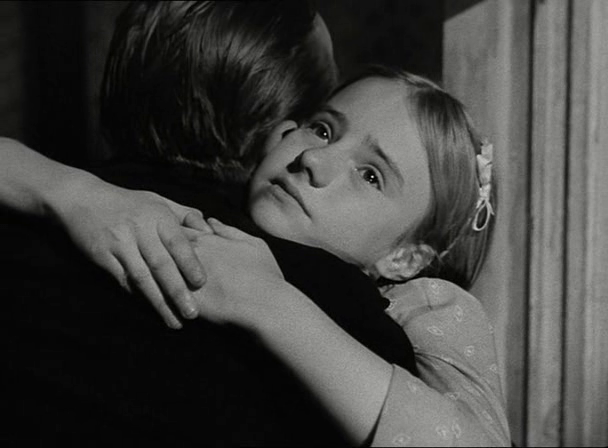
- James Dunn as Johnny Nolan
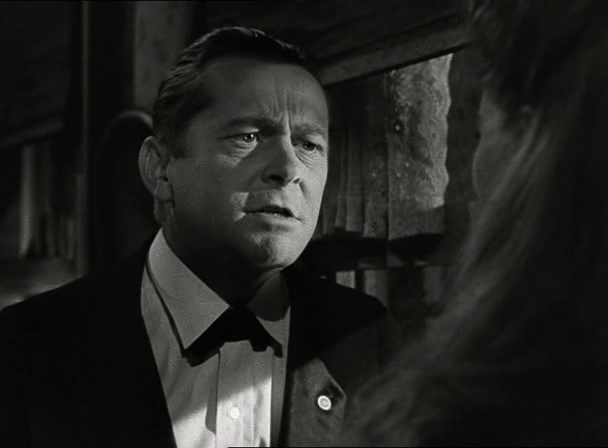
- Dorothy McGuire as Katie Nolan

- Joan Blondell as Aunt Sissy

- Excellent attention to period detail
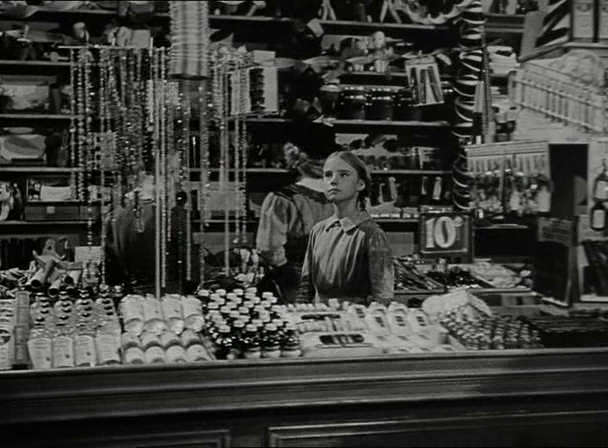
- Fine cinematography
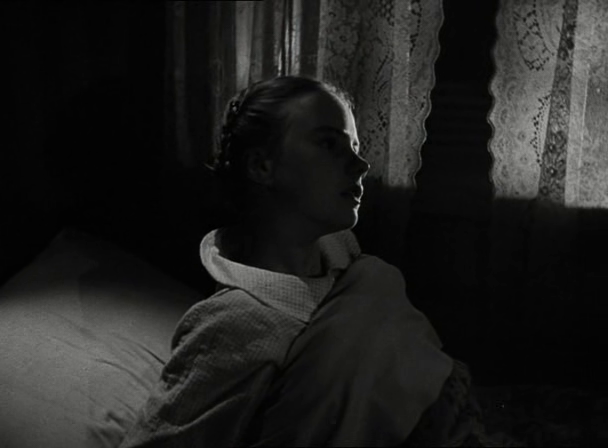
Must See?
Yes, as an Oscar-winning classic with noteworthy performances. Nominated by Peary as one of the Best Films of the Year in his Alternate Oscars. Selected for preservation by the National Film Registry.
Categories
- Noteworthy Performance(s)
- Oscar Winner or Nominee
Links:
|
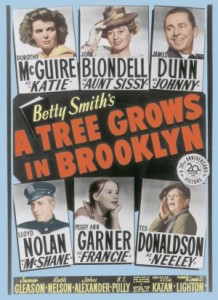






One thought on “Tree Grows in Brooklyn, A (1945)”
A no-brainer must.
This is one you watch for Kazan’s detailed direction and for the deeply felt performances. It’s also one that breaks my heart every time. Of course, that’s the intent. It’s a simple human drama about how hard it can be to simply be human.
McGuire’s Katie represents the belief that a woman marries for life – regardless of what she may realize about her husband along the way. Her husband Johnny is a dreamer but – more importantly, as we eventually learn – he is also essentially a child who has never grown up. These are not equals in marriage. Johnny constantly speaks of ‘what will be’; firmly practical Katie serves to remind of the all-too-present ‘what is’. Even if they love each other – and, on some level, they do – neither will have much real influence on the other; the marriage will run in circles without moving forward.
And then, of course, there are the two children who are observing all of this: the older daughter who, with ambition to become a writer, is no small dreamer herself (and therefore sides with Dad), and the younger brother, who is so far removed emotionally from the other three that he serves as objective observer (as well as comic relief; and he is very funny).
Also in the mix is Blondell’s Sissy – who represents the future: where relationships between two people can end (amicably or not) if the two decide to move on. Being first and foremost a traditionalist in many ways, Katie is not all that pleased with Sissy’s views on matters of the heart; she considers them immoral since, for her, the heart needs only one view: ’till death do us part’.
All of the above makes for very potent drama – so the episodic film needs nothing by way of plot; we have extremely dramatic characters here. And, being largely an actor’s director, Kazan has mined this territory thoroughly for full effect. He’s especially good at the shifting rhythms within individual scenes. And he knows how to focus on the little touches: note, for example, when the insurance agent is visiting; he uses way too much milk for his tea and the family members can’t help but notice, since they are always right on the edge of having nothing.
As viewers, we spend much of our time feeling so badly for two people ill-suited for a life together. But it’s not like they’re ripping each other apart (like, say, George and Martha in “Who’s Afraid of Virginia Woolf?’) – they’re just incapable of finding that simple, workable solution that is going to give them a fighting chance.
As I’ve noted, all of the performances are remarkable, but I probably need to give McGuire and Blondell the edge; they are shockingly good here.
I don’t think there’s a moment wasted or an unnecessary sequence in this film. We’re given a very well-rounded look at this family – and the heart goes out to them.